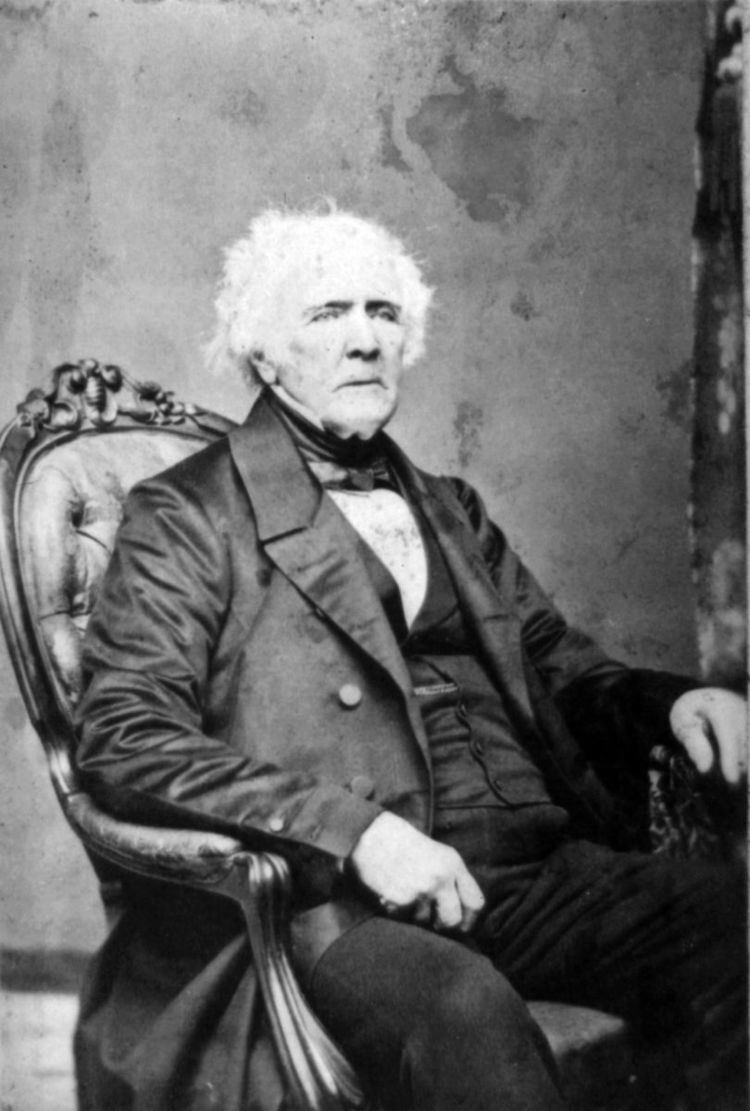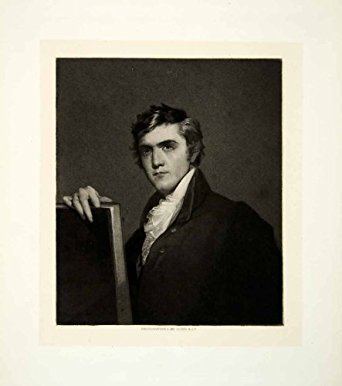Political party Anti-Jacksonian Party National Republican Party | Name Horace Binney Resigned March 3, 1835 Role Lawyer | |
 | ||
People also search for Laurence Turnbull, George Henry Boker, Daniel Agnew Books The Leaders of the Old B, An Inquiry Into the Formatio, An Eulogy on the Life Character, Our Beloved Country, The privilege of the writ of | ||
Horace Binney (January 4, 1780 – August 12, 1875) was an American lawyer who served as an Anti-Jacksonian in the United States House of Representatives.

Biography
Binney was born in Philadelphia, Pennsylvania and graduated from Harvard College in 1797, where he founded the Hasty Pudding Club in 1795; he then studied law in the office of Jared Ingersoll (1749–1822), who had been a member of the Constitutional convention of 1787, and who from 1791 to 1800 and again from 1811 to 1816 was the attorney-general of Pennsylvania.
Binney was admitted to the bar in Philadelphia in 1800 and practiced there with great success for half a century, and was recognized as one of the leaders of the bar in Pennsylvania and the United States. He served in the Pennsylvania legislature between 1806–1807, and was a Whig member of the United States House of Representatives between 1833–1835 - here he defended the United States Bank, and opposing the policy of President Andrew Jackson.
His nephews were Horace Binney Wallace, a legal critic and well-known author and Horace Binney Sargent, Civil war veteran.
His most famous cases were Lyle v. Richards (1823), and Vidal et al v. Philadelphia et al (1844). In the latter case, which involved the disposition of the fortune of Stephen Girard, he was unsuccessfully opposed by Daniel Webster. Binney's argument in this case greatly influenced the interpretation of the law of charities.
Binney made many public addresses, the most noteworthy of which, entitled Life and Character of Chief Justice Marshall, was published in 1835. He also published:
During the American Civil War he issued three pamphlets (1861, 1862 and 1865), discussing the right of habeas corpus under the American Constitution, and justifying President Lincoln in his suspension of the writ. He was elected an Associate Fellow of the American Academy of Arts and Sciences in 1867.
He is buried in the churchyard of Church of St. James the Less in Philadelphia.
